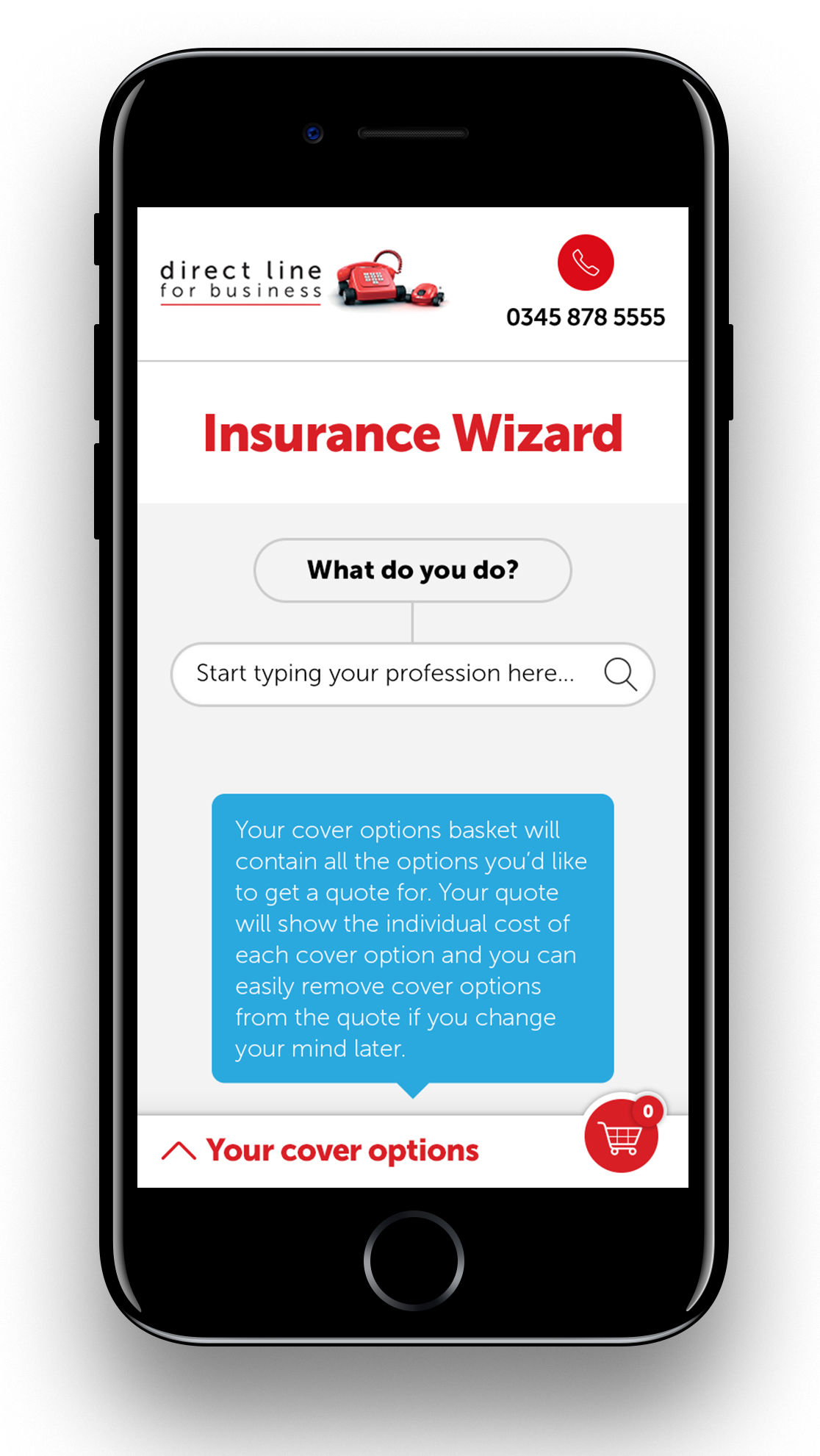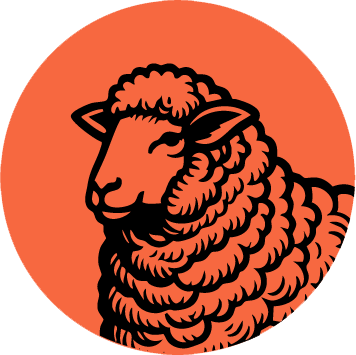
Direct Line for business did not have an online quote and buy journey. It was deemed too complicated due to all of the variables each business could have. This meant each quote had to be handled manually which was time consuming, costly and not a good experience for potential customers.
My Role
Lead the experience design for Direct Line. Lead and manage the design and dev team at buffalozoomedia. Act as lead UX designer within the team and report directly to the stakeholders at Direct Line. Manage handover of assets and front-end code to DL’s technology partner. Plan and implement future phases of incremental updates.
Discover.
Ideation workshops, review data, userflow diagrams.
Define.
Sketch wireframes, high fidelity clickable prototype, user testing.
Design.
UI design of entire journey, styleguide, collaborate with devs.
Validate.
Gather data throughout the project to iterate design.
Discover
I collaborated with DL staff to review the problem and advise on how to manage the experience design for Direct Line. What became clear was that the insurance products needed to be tailored to individual, specific businesses. For instance, a hairdresser might have several locations, all of which could be different types of building. They might also have a mixture of permanent and part-time staff, stock in the form of products and maybe a vehicle to include. Roll that out for multiple types of businesses and it soon becomes very complex.
The goal was to keep the application process to 20 minutes. This was to minimise the amount of abandoned applications.
As this was a first for the business insurance team, we only had historical speech analytics data to go from. We used these real life scenarios to understand the pain points and also to highlight areas where compliance had to be adhered to. We discovered that although the existing offline phone application wasn’t ideal, it had a conversational quality to it which helped to optimise the journey. By replicating this and asking pertinent questions up front we realised we could then make the application journey itself more bespoke and therefore quicker for each individual.


Define
My role was to lead the experience design for Direct Line. I created a simple interface that adds insurance products to the users basket as they answer the pre-questionnaire. This is a transparent user-centred process that tells the customer exactly what products they will be offered in their quote and buy journey. It makes the remaining quote and buy journey shorter becasue it’s personalised to that user. It also means, therefore, that Direct Line’s quote will be more accurate and more competitive.



Design
Whe it came to the quote and buy part of the journey, Direct Line already had a distinctive style in place. However, we still needed to design new components. It was my responsibility to make sure that not only the agreed solution was carried forward, but that the designers understood and respected Direct Line’s style. Above all, I wanted to give designers and developers enough freedom to discover and suggest additional solutions that would further improve the experience.

Both design and development had to be done to meet AAA accessibility standards. I gathered requirements and mentored the dev team to achieve that, whilst also understanding the needs of the technology supplier responsible for the back-end and integration. I encouraged my team to get involved in regular presentations to the stakeholders and partners. Where problems arose, we worked very quickly to come up with a solution that would not interfere with the experience.

Styleguide
During the design phase I developed a styleguide which was accessible and valuable to all members of the team. As a result, the look and feel is maintained as the product is developed and iterated.


